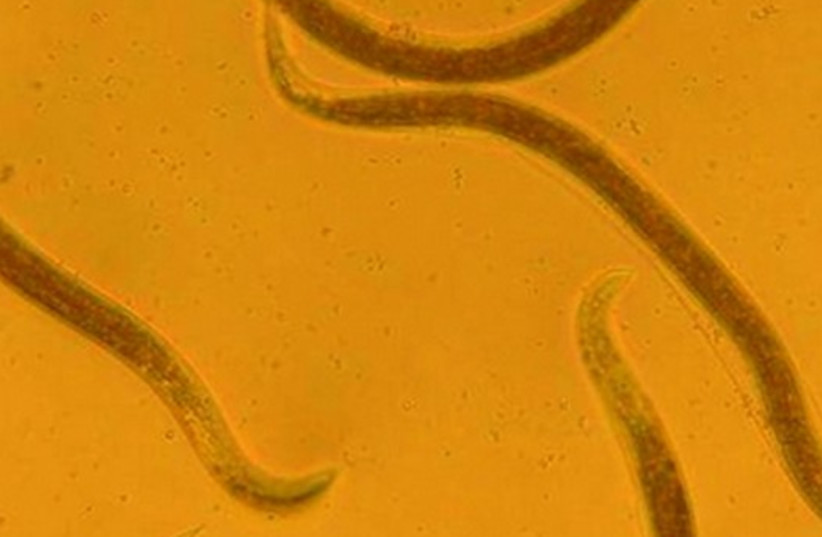Can hotter temperatures make one more attractive? According to a new study, that may be the case – at least, it may be the case in worms.
In a new study, the findings of which were published in the peer-reviewed academic journal Development Cell, researchers from Tel Aviv University examined worms under higher-than-normal temperatures.
When doing so, the worms were found to be more attractive by other worms, mating more.
Not only that, but this effect wasn't temporary. Even after temperatures returned to normal, this seemingly enhanced attractiveness was carried on for several future generations.

Worms, sperm and getting hotter
The worm species studied was C. elegans. The females of this species are considered hermaphrodites, as they can produce both sperm and eggs in order to get themselves pregnant.
However, this comes with limitations. The female worms can only produce sperm when young and can only do so in small amounts.
So when these females grow old, they secrete certain pheromones, but they tend to only do this when they get older and can no longer produce their own sperm.
The benefit of female worms reproducing with themselves, asexual reproduction, is that it passes on the parent's full genome to their offspring. When they have children with another worm, however, it means that they need to give up half their genome. This is why female worms only do it when older.
And yet, that isn't what's happening here.
Rather, the younger females while still functional hermaphrodites are reproducing with males anyway.
This happens because, when exposed to higher temperatures, it seems the younger females will secreting this pheromone earlier.
But it does more than that.

DNA unaffected
Though the next generations continue to possess this trait of secreting the pheromone at an earlier age, the worms' DNA isn't affected at all by this.
But what does change is the RNA, and it is this change that causes the worms to secrete this pheromone earlier.
RNAs control gene expression through a process that has been dubbed gene silencing, also known as RNA interference. This process allows the RNA to destroy a gene's mRNA molecules, which interferes with its functioning.
In order for this to work, however, it would mean that the genes themselves aren't being changed. This isn't the process of a genetic mutation.
Rather, it is entirely through changes in the environment that makes these changes happen.
<br>Epigenetics
Epigenetic inheritance is the process when traits are inherited by children that have nothing to do with any changes to the DNA. Specifically, this is typically caused by changes in the environment.
This is a process that has been seen in certain life forms and has been theorized to exist to an extent in humans as well, though further study is needed to understand this better.
Nonetheless, understanding that epigenetic inheritance is even possible has changed scientific understanding or hereditary evolution, as it shows how non-genetic adaptation can take place and continue to pass down.
To simplify it, in the case of the worms, the parents were exposed to higher heat than normal, and as a result, began secreting this pheromone earlier in order to boost their reproduction and create a wider and more diverse gene pool. But, even when the heat was normal, several successive generations continued secreting this pheromone earlier anyway. This is because that trait was inherited between generations.
But, because this, in turn, leads to changes in the genome due to the genome being more diverse and evolving differently, it essentially means that epigenetic inheritance through changes in the environment can, indirectly, change the course of genetic hereditary.
<br>So why does this happen, and why is it relevant?
The fact that this happened specifically due to rising temperatures is telling.
Currently, temperatures are rising all over the world as the planet grapples with ever-worsening climate change. And as that happens, species of animals all over the world are under threat.
But this type of change shows that at least some animals might be able to adapt to rising temperatures in some way. However, further studies are needed for us to understand that better.
